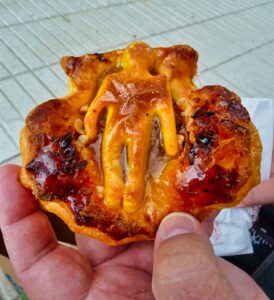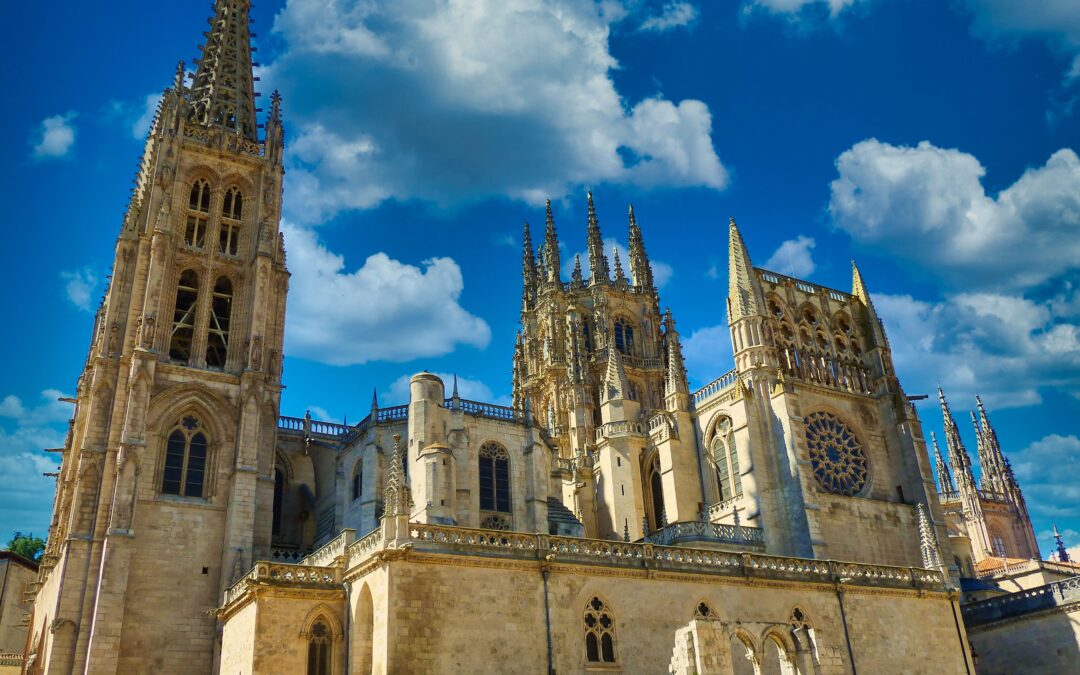After having covered more than 3000 kilometres on many highways and byways through Northern Spain, we’re hooked! What a spectacular region! Our senses were overwhelmed by the sights, smells and sounds of the gorgeous landscapes, quaint towns, fabulous food and marvelous architecture – truly the experiences that memories are made of.
Madrid to Castilla y Leon
After leaving Madrid, we made our way north towards Spain’s premier wine producing region, La Rioja, through the beautiful region of Castilla y Leon where we visited Santo Domingo de Silos and Burgos.


The working Benedictine Monastery in the tiny little hamlet of Santo Domingo de Silos was a beautiful find.
Its famous cloister is truly beautiful! The names of the builders and stone masons are long forgotten but their creations live on. There’s a sense of peace in the air that is comforting and gives one an opportunity for quiet contemplation.
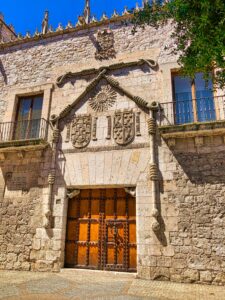
The large, bustling town of Burgos is a great example of how modern and old buildings can co-exist gracefully. The “re-purposing” of old buildings in Spain is quite common.
The Casa del Cordón (dating from the XV Century) is one example of this approach. The historic exterior has been preserved but the inside has been changed to accommodate a bank and an exhibition hall. King Ferdinand and Queen Isabella received Cristopher Columbus here after his second journey to the ”New World” in 1497. You can only imagine the scene with Columbus meeting the monarchs in this imposing setting!

The highlight of Burgos is, of course, its massive cathedral begun in 1221 and embellished over centuries. It is the resting place of the famous Rodrigo Díaz de Vivar known as “El Cid”, and his wife, Jimena.
The old Castle was also worth a visit – it’s oldest sections date back to Roman times and prisoners have included royalty and nobility from different ages.
The castle offers spectacular views over the city.
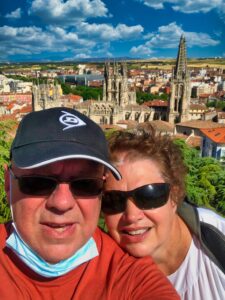
Unfortunately we didn’t have time to explore Burgos more thoroughly, but I suspect one can easily spend three full days in this beautiful city!
La Rioja
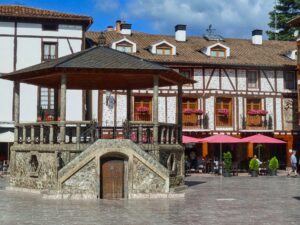
The next part of our trip took us through La Rioja.
We based ourselves in the small town of Ezcaray with its charming medieval square.
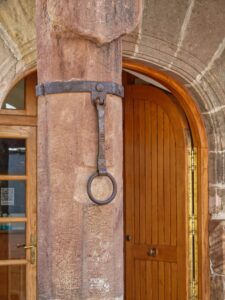
Legend has it that, if a criminal from another town could reach and touch the iron ring “La Argolla del Fuera” hanging in the Plaza de Verdura, they could not be expelled from Ezcaray to stand trial elsewhere.
Ezcaray was also once famous for its large textile factory that produced, amongst other things, uniforms for Napoleon Bonaparte’s armies.
We spent our days meandering through the small towns and beautiful winelands of La Rioja often doing little more than sampling the local wine & produce and marveling at the exquisite landscape. La Rioja possesses its own unique charm with beautiful towns such as Logrono, the region’s capital. Here we tasted some excellent full bodied La Rioja wines made from Tempranillo grapes for the first time.
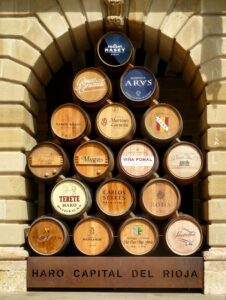
Haro and environs make up the most important wine producing area. Haro is also known for its bullring that was built in 1886. After visiting the ring, we stopped at a bar in the town square to quench our thirst with some cold beers. It is certainly no understatement to say that the first word to learn in Spanish is Cerveza (beer)!
Haro, is also famous for its annual “battle of the wine” festival in June when people cram themselves into the narrow streets and spend a morning soaking every other person in sight with litres of wine until everybody’s clothes are dyed red. In fact, Haro is to wine what Pamplona is to bulls.
No visit to La Rioja would be complete without a trip to Santo Domingo de la Calzada, founded in the 11th century a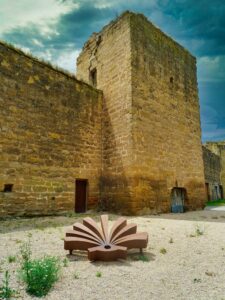 nd one of the main waypoints for pilgrims walking the Camino de Santiago de Compostela.
nd one of the main waypoints for pilgrims walking the Camino de Santiago de Compostela.
We spent hours strolling along the narrow streets of the old town and skirting its ancient walls. It’s humbling and inspiring to see the pilgrims trundle into town, weary and desperate for a shower and a comfortable bed. The House of the Brotherhood of the Saint houses an historic pilgrim’s hostel that dates back to 1556. This is truly a “Camino” town.
We sampled some local pastries called “Santo Domingo Cake” composed of a traditional crunchy puff pastry, filled with angel hair, almonds and apple jelly.